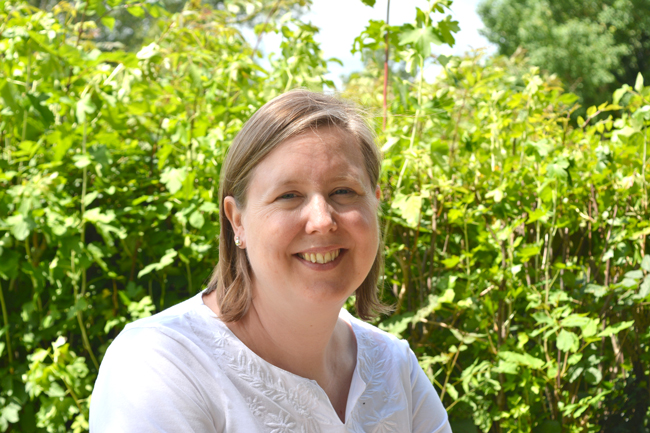Opportunity to dispose of pesticides for free
1st March 2019
This March, farmers across the Midlands can anonymously dispose of unwanted pesticides and farm chemicals via Severn Trent’s Pesticide Amnesty scheme.

Jodie Rettino, Severn Trent catchment and biodiversity lead
This March, farmers across the Midlands can anonymously dispose of unwanted pesticides and farm chemicals via Severn Trent’s Pesticide Amnesty scheme.
Jodie Rettino, Severn Trent catchment and biodiversity lead, explains: “We’re aware that many farm chemical stores contain unwanted products that can be difficult or costly to dispose of, so we hope this service will help farmers while minimising the risk or water contamination. Up to 75l of pesticides that have either been banned, or have passed their expiry date, can be safely disposed of from a holding, on a first-come first-served basis.”
Farmers can check if they qualify for the scheme by talking to their Severn Trent agricultural advisor or visiting here.
Those in qualifying catchments simply need to contact the Severn Trent disposal partner, Chemclear, between 1 and 31 March 2019, to arrange a suitable collection time after these dates. The contact details are as follows: chemclearltdamnesty@gmail.com or 07436 077304.
When you email or call, you’ll need to have the following information close to hand:
- Catchment name and code (see table below)
- Product name
- Active ingredient and concentration
- Weight or volume of product in containers
- Collection address, two contact phone numbers and an email address
| Catchment | Code |
| Avon | 01 |
| Cound | 02 |
| Cropston | 03 |
| Haseley Springs | 04 |
| Leam | 05 |
| Lower Derwent | 06 |
| Melbourne | 07 |
| Middle Severn | 08 |
| Shropshire Middle Severn | 09 |
| Teme | 10 |
| Tittesworth | 11 |
| Upper Derwent | 12 |
| Whitacre | 13 |
| Worcestershire Middle Severn | 14 |
| Notts BHs (Boughton, Rufford, Bestwood, Amen Corner, Budby) | 18 |
| Mitcheldean | 19 |
Jodie stresses that all farms participating in the scheme will have their identity and location protected.
“This initiative gives farmers the chance to review their stores and minimise the chance of pollution to the environment and ultimately water contamination” she says.
